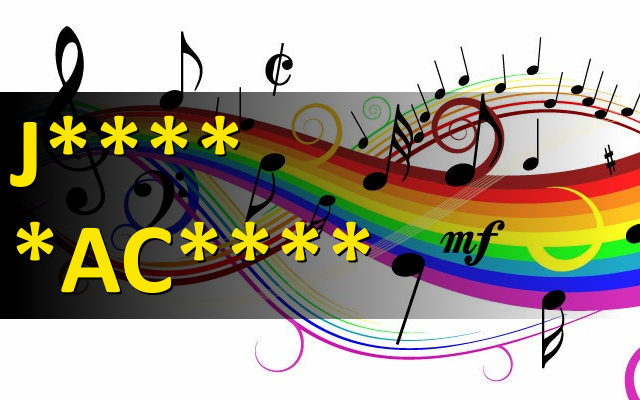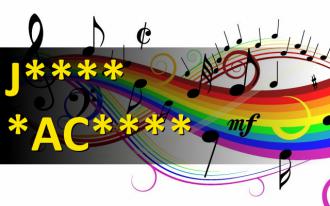Replace asterisk symbols with ...
Replace asterisk symbols with a letters (J**** *AC****) and guess the name of musician. Length of words in solution: 5,7.Correct answers: 26
The first user who solved this task is Snezana Milanovic.
#brainteasers #music


